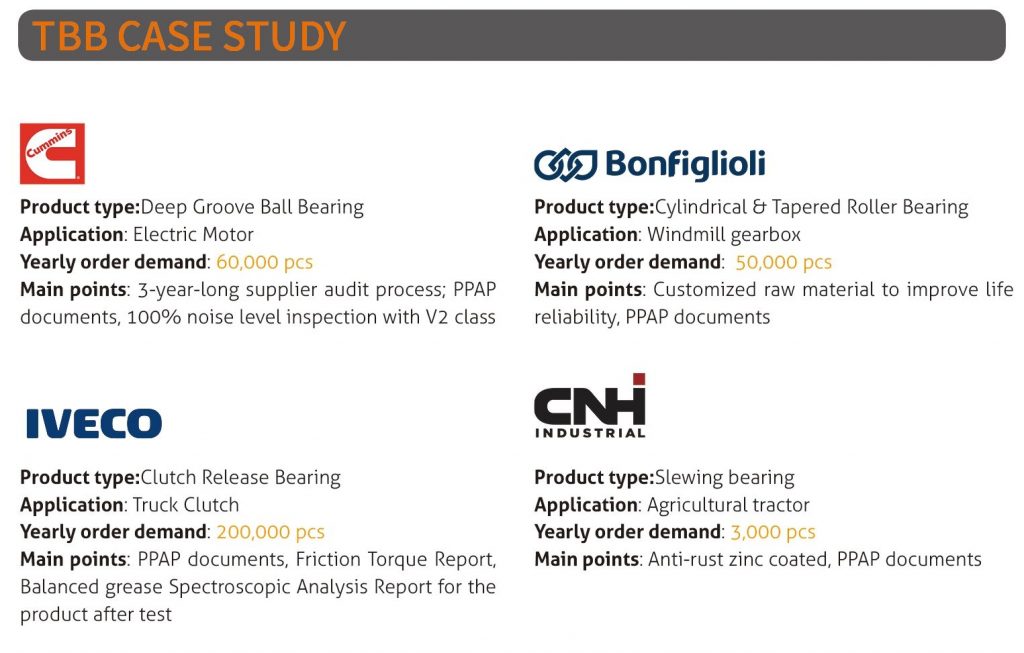●What is PPAP?
PPAP is the abbreviation of Production Part Approval Process, a valuable tool for establishing confidence in component suppliers and their production processes. Initially, PPAP was utilized by the automotive and aerospace industries. PPAP is now being utilized by several industries to improve communication and provide quality products. Within the automotive industry, the ultimate resource for PPAP information is the manual published by the Automotive Industry Action Group (AIAG).

PPAP defines the approval process for new or revised parts, or parts produced from new or significantly revised production methods.?It verifies that the supplier understands all customer engineering design specifications and requirements and that the process is capable of consistently producing product meeting those requirements during an actual production run at the quoted production rate.

●How to perform PPAP?
The PPAP process consists of 18 elements that may be required for approval of production level parts. Not all of the elements are required for every submission. There are five generally accepted PPAP submission levels.
A, 18 elements of PPAP:
1. Design Records
A copy of the drawing. If the customer is responsible for designing, this is a copy of customer drawing that is sent together with the Purchase Order (PO). If supplier is responsible for designing this is a released drawing in supplier’s release system.
2. Authorized Engineering Change Documents
A document that shows the detailed description of the change. Usually this document is called “Engineering Change Notice”, but it may be covered by the customer PO or any other engineering authorization.
3. Customer Engineering Approval, if required
This approval is usually the Engineering trial with production parts performed at the customer plant. A “temporary deviation” usually is required to send parts to customer before PPAP. Customer may require other “Engineering Approvals”.
4. Design Failure Modes and Effects Analysis (DFMEA), applied in special situations
A copy of the Design Failure Mode and Effect Analysis (DFMEA), reviewed and signed-off by supplier and customer.?
5. Process Flow Diagram
A copy of the Process Flow, indicating all steps and sequence in the fabrication process, including incoming components.
6. Process Failure Modes and Effects Analysis (PFMEA)
A copy of the Process Failure Mode and Effect Analysis (PFMEA), reviewed and signed-off by supplier and customer. The PFMEA follows the Process Flow steps, and indicate “what could go wrong” during the fabrication and assembly of each component.
7. Control Plan
A copy of the Control Plan reviewed and signed-off by supplier and customer. The Control Plan follows the PFMEA steps and provides more details on how the “potential issues” are checked in the incoming quality, assembly process or during inspections of finished products.
8. Measurement System Analysis (MSA)
MSA usually contains the Gage R&R for the critical or high impact characteristics, and a confirmation that gauges used to measure these characteristics are calibrated.
9. Dimensional Results
A list of every dimension noted on the ballooned drawing. This list shows the product characteristic, specification, the measurement results and the assessment showing if this dimension is “ok” or “not ok”. Usually a minimum of 6 pieces is reported per product/process combination.
10. Records of Material / Performance Test Results
A summary of every test performed on the part. This summary is usually on a form of DVP&R (Design Verification Plan and Report), which lists each individual test when it was performed, the specification, results and the assessment pass/fail. If there is an Engineering Specification, usually it is noted on the print. The DVP&R shall be reviewed and signed off by both customer and supplier engineering groups. The quality engineer will look for a customer signature on this document. In addition, this section lists all material certifications (steel, plastics, plating, etc.), as specified on the print. The material certification shall show compliance to the specific call on the print.
11. Initial Process Studies
Usually this section shows all Statistical Process Control charts affecting the most critical characteristics. The intent is to demonstrate that critical processes have stable variability and that is running near the intended nominal value.
12. Qualified Laboratory Documentation
Copy of all laboratory certifications of the laboratories that performed the tests reported in section 10.
13. Appearance Approval Report (AAR)
A copy of the AAI (Appearance Approval Inspection) form signed by the customer. Applicable for components affecting appearance only.
14. Sample Production Parts
A sample from the same lot of initial production run. The PPAP package usually shows a picture of the sample and where it is kept (customer or supplier).
15. Master Sample
A sample signed off by customer and supplier, that usually is used to train operators on subjective inspections.
16. Checking Aids
When there are special tools for checking parts, this section shows a picture of the tool and calibration records, including dimensional report of the tool.
17. Customer-Specific Requirements
Each customer may have specific requirements to be included on the PPAP package. North America automakers OEM (Original Equipment Manufacturer) requirements are listed on the IATF website.
18. Part Submission Warrant (PSW)
This is the form that summarizes the whole PPAP package. This form shows the reason for submission (design change, annual revalidation, etc.) and the level of documents submitted to the customer. There is a section that asks for “results meeting all drawing and specification requirements: yes/no” refers to the whole package.

B, PPAP Levels of Submission
Level 1 – Part Submission Warrant (PSW) only submitted to the customer
Level 2– PSW with product samples and limited supporting data
Level 3 – PSW with product samples and complete supporting data
Level 4 – PSW and other requirements as defined by the customer
Level 5 – PSW with product samples and complete supporting data available for review at the supplier’s manufacturing location


3 Comments
Can you offer PPAP level 3 file?
Yes, PPAP level 3 documents can be provided accordingly~
a huge work of ppap documents, great!!!